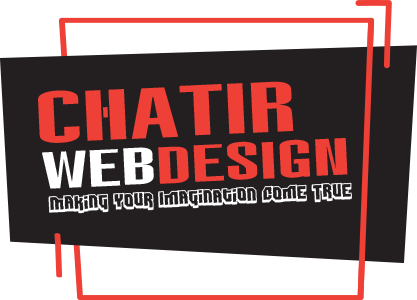Manually scheduling the work of a large or dispersed workforce can be challenging and time-consuming for businesses. Here are some specific challenges that companies may face when planning their workforce manually:
- Lack of visibility: Without a centralized system for scheduling, it can be difficult for businesses to see all of their available resources and assign tasks accordingly. This can lead to scheduling conflicts and understaffing or overstaffing.
- Difficulty communicating with employees: Manually scheduling shifts and tasks can be time-consuming, and difficult for businesses to communicate updates or changes to employees promptly. This can lead to confusion and misunderstandings among employees.
- Inefficient use of resources: Manually scheduling work can be prone to errors, such as double-booking or scheduling conflicts. This can lead to the misuse of resources and wasted time and effort.
- Limited flexibility: Manually scheduling work can make it difficult for businesses to be flexible with their schedules and meet the changing needs of their employees. This can lead to employee dissatisfaction and turnover.
- Limited data tracking: Without a centralized system for scheduling, it can be difficult for businesses to track data on employee attendance, productivity, and performance. This can make it challenging to identify trends and areas for improvement. That is where workforce scheduling software comes in.
Workforce scheduling software is a tool that helps businesses plan and schedules the work of their employees. It can be beneficial for companies with a large, dispersed workforce or those that need to manage complex scheduling scenarios. Here are some reasons why your business might want to consider using workforce scheduling software:
Increased efficiency
Workforce scheduling software can help businesses create and manage employee schedules more efficiently. It can automate tasks such as scheduling shifts, assigning tasks, and generating reports, freeing time for managers to focus on other tasks.
Improved communication
Workforce scheduling software can help businesses communicate with their employees more effectively, providing real-time updates on schedules and tasks and allowing employees to request time off or swap shifts. This can help reduce confusion and improve communication among employees.
Enhanced collaboration
Workforce scheduling software can also help improve employee collaboration, allowing them to view and share schedules. This can help employees coordinate their work and collaborate more effectively.
Reduced errors
Workforce scheduling software can help reduce errors in scheduling, such as double-booking or scheduling conflicts. It can also help businesses ensure they have the necessary staff coverage to meet demand, reducing the risk of understaffing or overstaffing.
Increased flexibility
Workforce scheduling software can allow businesses to be more flexible with their schedules, allowing employees to request time off or swap shifts directly through the system. This can help businesses better meet the needs of their employees and improve employee satisfaction.
Better data tracking
Workforce scheduling software can help businesses track and analyze employee attendance, productivity, and performance data, which can help them identify trends and areas for improvement. This data can also help forecast future staffing needs.
The bottom line
Workforce scheduling software can help businesses increase efficiency, improve communication and collaboration, reduce errors, increase flexibility, and track data more effectively.

